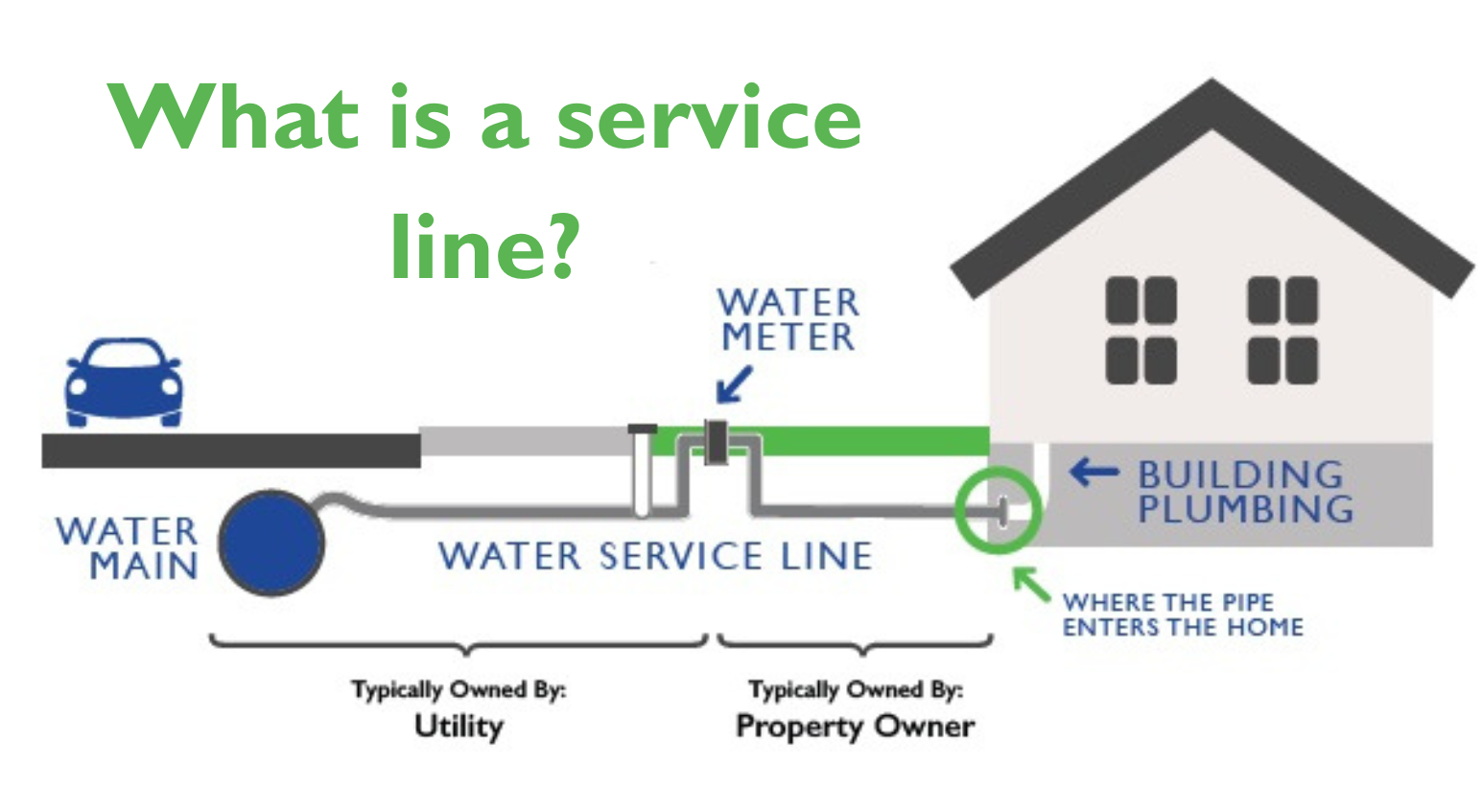Frequently Asked Questions
Below are some of the most common questions about lead and water and our water service line inventory.
How does lead get into drinking water?
Lead is not typically found in drinking water supplies such as lakes or reservoirs. Lead can enter drinking water from corrosion of plumbing materials that contain lead.
- Lead pipes and service lines: The OWASA water system has no known lead pipes. We also removed all known lead goosenecks from our water system in the 1990s.
- Lead and solder: Solder is used to connect pipes in household plumbing. in 1986, lead solder was banned from use in household plumbing. Copper plumbing installed prior to 1986 may contain lead solder.
- Fittings and fixtures: Home plumbing fittings and fixtures can contain lead. Effective January 2014, the Reduction of Lead in Drinking Water Act lowered the allowable lead content of fittings and fixtures sold in the U.S. from 8% t0 0.25%.
What does OWASA do to minimize corrosion and the release of lead?
In the 1990s, OWASA removed known lead goosenecks from our water system. We also have an effective corrosion control program, which includes monitoring and managing the drinking water chemistry and adding a phosphate compound. The phosphate forms a protective coating inside pipes and fixtures to control corrosion in our public water system and in private plumbing. To ensure optimized corrosion control, we monitor corrosion control parameters in treated drinking water as it leaves the water treatment plant and within our water system.
What does OWASA do to check for lead in drinking water?
Federal and State testing requirements require public water systems, such as OWASA, to test for lead in drinking water collected from customers’ homes as part of the Lead and Copper Rule. Samples must be collected from homes that meet criteria set by the EPA; these criteria identify “high-priority” homes that are most likely to have elevated lead levels. The number of homes and frequency of testing is determined by population size and compliance history.
Because of our compliance with monitoring requirements, we have been granted approval for reduced monitoring status. Every three years, we test for lead in drinking water in 30 homes built from 1983 to 1985 that we have identified as possessing copper pipes with lead solder. In our regulatory monitoring since 2008, we have had only two samples with a measurable level of lead, and both results were below the regulatory limit.
We also provide lead and copper testing of our drinking water at no charge when requested by a customer. Analysis is performed by an independent contract laboratory. Test results are reported in our annual Water Quality Report Cards. To request a lead and copper test kit, please contract our laboratory staff at 919-537-4228 or WTPLaboratory@owasa.org.
How are lead and copper samples collected?
Detailed instructions are provided in each sample kit. Lead and copper samples are collected by residents from cold water taps that are used regularly, such as a kitchen or bathroom faucet. Any filtration devices should be removed prior to collected or avoided.
Since it takes time for lead to dissolve in water, the water must sit unused for a minimum of six hours prior to collection. During this time, the tap at which the sample will be collected, and any adjacent or nearby taps should not be used. No pre-flushing should be performed, and the aerator should not be removed prior to sampling.
What can you do to reduce lead exposure?
If you have old water pipes or suspect that your plumbing system may release lead into your home’s drinking water, we recommend the following:
- Please contact us about having your drinking water tested for lead.
- Do not use hot water for drinking and cooking. Hot water is more likely to contain lead.
- Do not use hot water to make formula for infants, cereal or a beverage.
- Boiling water does not remove lead.
- If you haven’t used a faucet for six or more hours, flush the stagnant water out of your plumbing pipes by running the water for three to five minutes, or until it is as cold as it will get.
- CONSERVATION TIP: This water can be used to water plants.
- As part of your regular household maintenance, remove and clean faucet aerators. Over time, lead particles and sediment can collect in the aerator screen located at the tip of your faucet.
- Drain your water heater annually. Over time, metals, sediment. and bacteria can build up in your water heater.
The EPA’s website provides additional measures to reduce lead in home drinking water.
How can I check what the pipes in my system are made of?
OWASA removed all known lead pipes in our system in the 1990s, and our staff has not found any lead service lines over many years of work. However, we encourage all customers to check the composition of your service line to ensure that it is not lead. You can identify your pipe material by checking your household water service connection inside the homes or in your crawl space.
Click here to learn more about identifying your water service line and ways to report it to OWASA.
Click here to report your verified service line material to OWASA.
What do lead pipes look like?
Lead pipes are dull gray and very soft. They are easily identified by carefully scratching the surface with a key or other dull metal object; do not use a knife or other sharp object. If the pipe is lead, the scratched surface will be shiny, like a new nickel. Note that there’s a difference between lead and galvanized pipes. Galvanized pipes are also dull gray, but the surface remains dull when scratched. Also, strong magnets will stick to galvanized pipe. Copper pipes will look like a new penny when scratched. Plastic pipes are also used for service lines in our area. They are commonly black or white.
What does it mean if my service line is categorized as ``galvanized requiring replacement``?
A galvanized service requires replacement if it is or ever was downstream of a lead service line, or is currently downstream of a service line of unknown material.
Will OWASA replace my service line if it is lead or galvanized (requiring replacement)?
OWASA is developing a plan to replace service lines we identify as lead or galvanized requiring replacement through our service line inventory over the next several years. Our customers’ safety is of utmost important to us. This plan will be announced in summer 2024 and will be found on this page.





